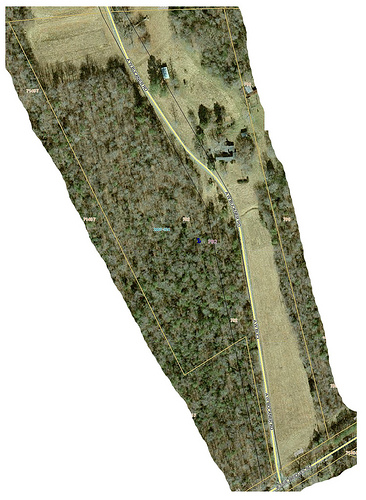Soil farmers
So, the reality of starting a farm is starting to creep up. Noel and I are tossing around ideas, and it seems that the current stage can best be labeled as “experimental design”. We have lots of ideas on what we don’t want to do, such as growing boring yellow squash and cucumbers in a market where everyone has boring yellow squash and cucumbers.
For several reasons, we can afford to mess around (within reason) with nutritionally superior, fun to grow and aesthetically amazing food all while building the soil. As Noel says, we’re soil farmers first and foremost. And we have an amazing array of soils on our little twelve acres.
Our land is basically split down the middle into two basic soil types. To really geek out for a minute, the west half is a Cid Lignum complex or CmB. The east half is Nanford Badin complex or NaB.
The Cid series consists of moderately deep, moderately well drained or somewhat poorly drained soils on Piedmont uplands. These soils formed in residuum weathered from argillite and other fine-grained metavolcanic rocks.
Soils of the Lignum series are deep and moderately well and somewhat poorly drained. They formed in the residuum weathered from Carolina slate or other fine grained metavolcanic rocks.
Soils of the Nanford series are deep and well drained. They are on uplands and formed in material weathered from argillite and other fine grained metavolcanic rocks of the Carolina Slate Belt.
The Badin series consists of moderately deep, well drained, moderately permeable soils that formed in residuum weathered from fine-grained metavolcanicrocks of the Carolina Slate Belt.
So basically CmB and NaB are combinations of these two soil series. What does that all mean? From what I interpret it means that NaB is the preferable soil type. But the thing is that each soil type can be modified significantly (at the top level) by adding organic matter. The subsoil will remain as the identified complex. Keep in mind that I am not a soil scientist, so I could be completely wrong.
Beyond those two types, a half dozen areas of the property have top soils with different characteristics. In the northwest corner of the below picture, dense orange and gray clays are dominant. Gray clay is generally nutritionally inferior to the darker orange clay. Both drain poorly though and dry into hard clots if tilled when wet and left bare.
In the northeast, the soil has more organic matter and crumbles unlike the clay. This is most likely a former garden site that has had organic matter added over time. That are will be the start point for production. The rest will go into cover crops and mulching.

January 13, 2009 at 8:36 pm
Oooh!! Exciting! You have to admit thought, there’s nothing quite as tasty as yellow squash sliced thin, tossed in cornmeal, and fried up.